Get UV index and measure radiant flux with this small breakout board
Designed by Pesky Products in United States of America
This product is no longer available for sale.
The seller may be offering an improved version or it may be hanging out on the beach, enjoying the retired life.
What is it? This is an appallingly small breakout board for Vishay's VEML6070 UV light sensor that allows both absolute UV radiation flux and UV index to be measured with an I2C read. From the datash…
Read More…This is an appallingly small breakout board for Vishay's VEML6070 UV light sensor that allows both absolute UV radiation flux and UV index to be measured with an I2C read.
From the datasheet:
"VEML6070 is an advanced ultraviolet (UV) light sensor with I2C protocol interface and designed by the CMOS process. It is easily operated via a simple I2C command. The active acknowledge (ACK) feature with threshold windows setting allows the UV sensor to send out a UVI alert message. Under a strong solar UVI condition, the smart ACK signal can be easily implemented by the software programming."
The board is designed to be soldered directly onto the Teensy 3.X, and since the VEML6070 sensor takes only 100 microAmps to run full blast, the device can be powered by digitalWrite(HIGH/LOW) for 3V3/GND from any GPIO pin.
The board can also be used on a traditional breadboard with any microcontroller, and the sensor is 5 V tolerant (2.7 - 5.5 V input voltage range) so can be used with an Arduino UNO without any logic level conversion.
I love sensors, especially low power ones that allow absolute environmental measurements. I plan to add this sensor to the M41T62 environmental data logger I offer at Tindie but it is a useful sensor in this stand-alone form factor as well. The sensor can be configured to optimize the UV sensitivity by changing the integration time with a register write. The output can be converted to UV index like other UV sensors but I like the fact that the UV raw counts can also be converted to UV flux in terms of microWatts per square centimeter. This allows a more quantitative (and more scientific) format for the sensor data output.
This sensor is unique in allowing the user to measure UV radiant flux as opposed to just getting a number from 0 to 4 for the UV index like every other UV sensor I have seen. The breakout board is appallingly small, meaning it can fit into any application where UV monitoring is important. I wrote a simple sketch to configure the sensor and get raw UV counts, UV radiant flux, and UV index from the sensor. The I2C protocol is a little different from most sensors but it is straightforward to use.
Order the boards at OSH Park and assemble your own UV light sensor boards or buy the fully assembled and tested board from me and see how easy it is to measure absolute UV radiant energy in your application!
Danville, CA, United States of America
Ships from United States of America.
180 Reviews | 5,437 Orders

$49.95
Free Shipping!
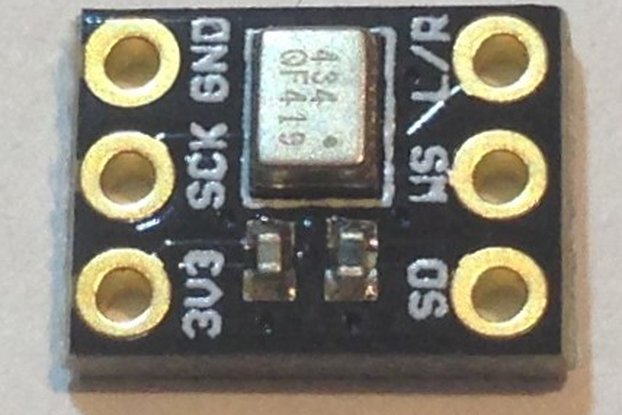
$11.95
Free Shipping!
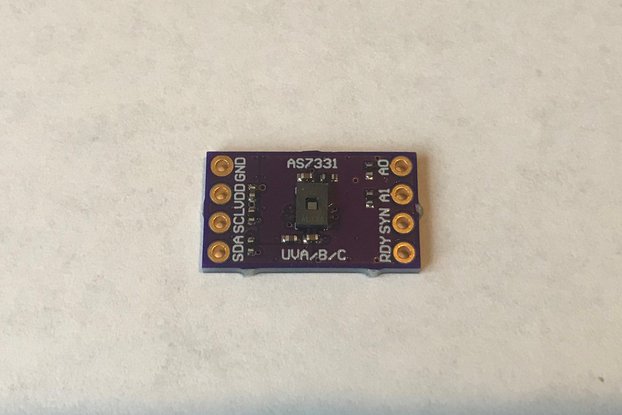
$35.95
Free Shipping!

$35.95
Free Shipping!

$49.95
Free Shipping!
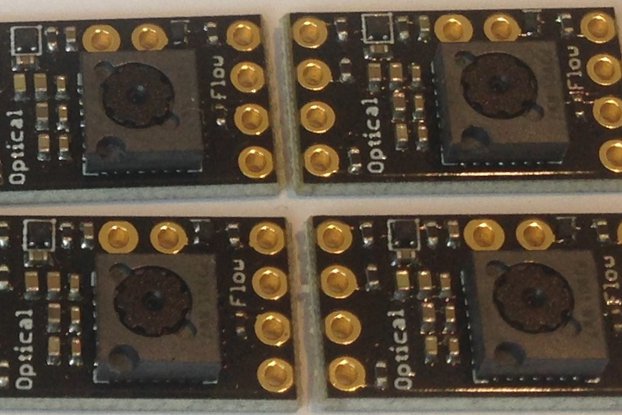
$29.95
Free Shipping!
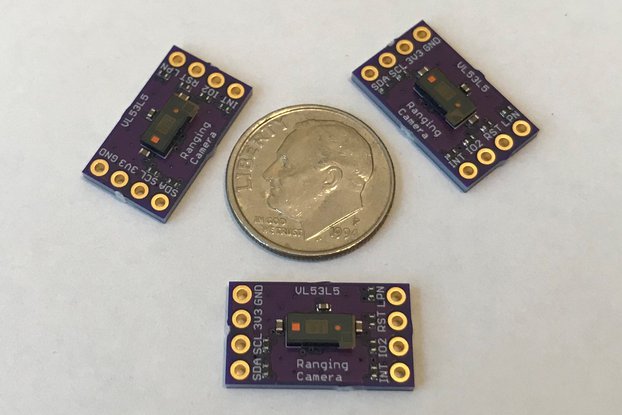
$19.95
Free Shipping!
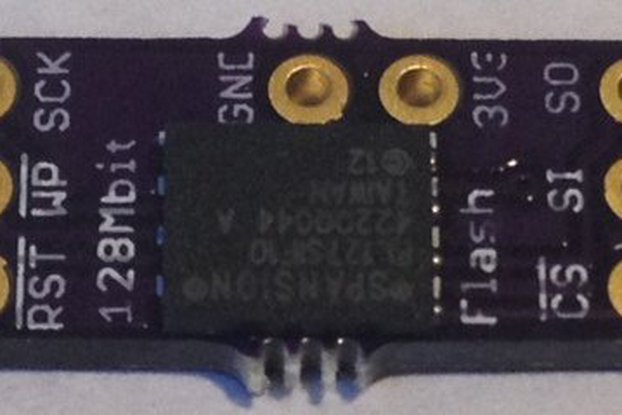
$12.95
Free Shipping!
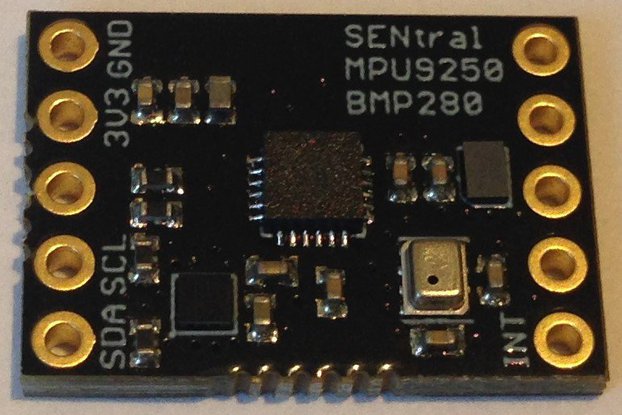
$35.95
Free Shipping!

$26.95
Free Shipping!

$29.95
Free Shipping!
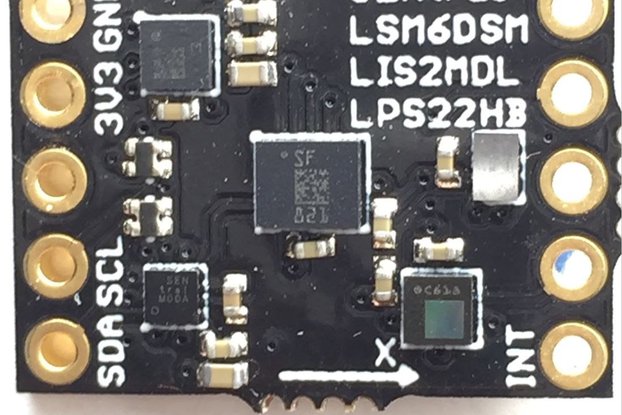
$35.95
Free Shipping!
By clicking Register, you confirm that you accept our Terms & Conditions
We recognize our top users by making them a Tindarian. Tindarians have access to secret & unreleased features.
We look for the most active & best members of the Tindie community, and invite them to join. There isn't a selection process or form to fill out. The only way to become a Tindarian is by being a nice & active member of the Tindie community!
